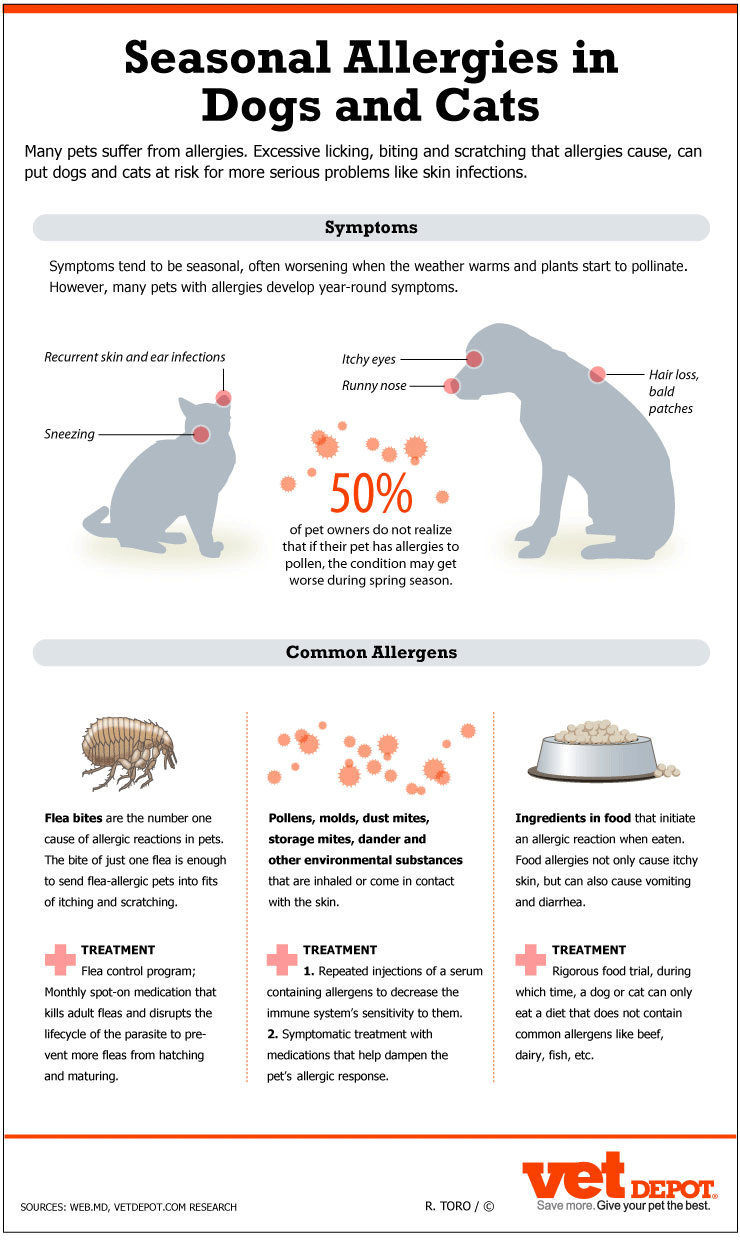
Signs Of Pollen Allergies In Dogs. Dogs with food allergies can have symptoms that manifest in the skin and in the gastrointestinal tract ie. Dogs might come into direct contact with pollen simply by touching pollen-packed plants with their face or feet. Youll see the dog scratching in specific areas including. You might think that the skin is the area thats most commonly affected by allergies in dogs but the gastrointestinal GI tract is just as likely to suffer when a dogs allergies are poorly controlled.
Dogs might come into direct contact with pollen simply by touching pollen-packed plants with their face or feet. Rubbing their ears or muzzle. There are several ways your dog can be exposed to grass pollen. Grass allergies in dogs are caused by pollen which is the powdery yellow material that you see all over everything in the spring and summer. While cats often lick their paws as a normal part of their grooming regimen compulsive paw licking is a common sign of allergies in dogs Truitt says. You might think that the skin is the area thats most commonly affected by allergies in dogs but the gastrointestinal GI tract is just as likely to suffer when a dogs allergies are poorly controlled.
This powder is the substance that flowers and grasses put out to be transported from plant to plant by the birds bees or wind.
The most common symptom involves dry itchy skin. Either way a pollen allergy both in dogs and humans is an overactive immune systems reaction to the stuff. However excessive sneezing in pets can be a symptom of allergies particularly airborne allergies to something like pollen. If you notice your pet showing any of these signs particularly during summer take them to your vet. Karen Becker discussing reverse sneezing. Dogs might come into direct contact with pollen simply by touching pollen-packed plants with their face or feet.
